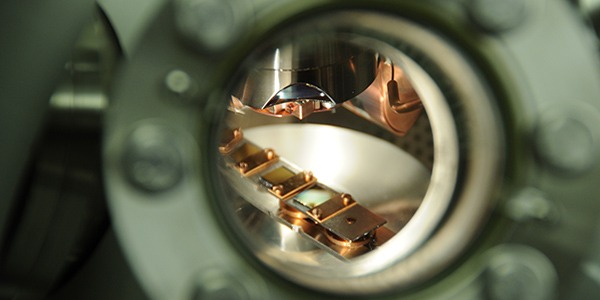The National ESCA and Surface Analysis Center for Biomedical Problems (NESAC/BIO) has received an additional five years of funding from the NIH (grant EB-002027). Active since 1983, the NIH-funded NESAC/BIO center (http://www.nb.uw.edu/) advances state-of-the-art methods for surface analysis in biology and medicine through a combination of developments in new instrumentation, experimental techniques and data analysis methods. Core projects are selected to expand NESAC/BIO spectroscopic and imaging capabilities for obtaining detailed information about the surfaces of complex biomaterials.
Buddy Ratner was the NESAC/BIO Director from 1983 through 1996. David Castner has been the NESAC/BIO Director since 1996. The new grant award now extends NESAC/BIO’s NIH funding through November 2019. NESAC/BIO has projects in technology research & development (TRD), collaboration research, service, training and dissemination. The major TRD thrusts for the coming five years are development of time-of-flight secondary ion mass spectrometry (ToF-SIMS) methods for imaging, sputter depth profiling and 3D analysis of complex organic materials, cells and biological tissues; characterization of the surface composition and structure of nanoparticles with electron spectroscopy for chemical analysis (ESCA) and sum frequency generation (SFG) scattering and vibrational spectroscopy; and developing multi-technique approaches for characterizing the structure and interactions of biomolecules with interfaces.
NESAC/BIO currently has ESCA, ToF-SIMS, SFG and atomic force microscopy (AFM) tools available for use in projects. In the coming months the following new tools will be added to the NESAC/BIO tool set: a Q-Sense quartz crystal microbalance with dissipation (QCM-D), an Insplorion Xnano and an Ionoptika J105 Chemical Imager. The J105 was funded by a grant from the NIH High End Instrumentation Program (OD-012309).


